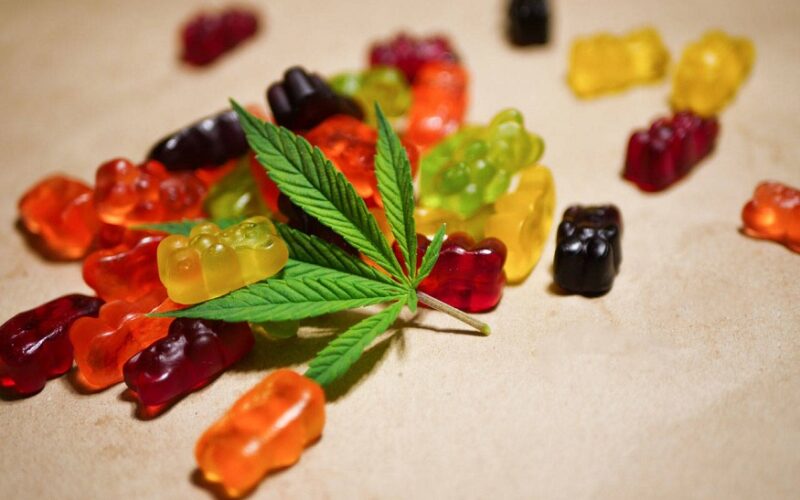The market for gummies containing can nabinoids like cbd and THC is exploding. The cbd gummies market is expected to grow at a compound annual rate of 31.9 percent.
However, making an infused gummy or jelly presents some unique challenges. Avoid making these five rookie mistakes if you’re getting ready to develop your product.
Mistake #1: Forgoing flavor in exchange for high potency
Taste is king, no matter what food product you’re creating. Customers will not return for more if they do not enjoy the taste of your product. Keep in mind that can nabinoids such as cbd and THC may have a naturally bitter or hemp-like taste when making an infused gummy or jelly. At higher concentrations, these flavor profiles can change.
The flavor notes of hemp become more difficult to mask at potency ratios greater than 2 to 3 milligrams of can nabinoid per 1 gramme of gummy. A sweet or sour coating can mask bitterness, but at a certain concentration, the product will taste less like a confection and more like a plant.
Sure, some customers may prefer a strong hemp flavor, but the vast majority of people looking for THC gummies prefer a more traditional flavor experience. Sacrificing flavor for unusually high potency will significantly reduce the appeal of your gummy.
Mistake #2: Overlooking constant potency
While taste is the most important aspect of a successful infused product, consistency in effect comes in a close second. Simply put, the consumer should have a consistent experience. Many customers who buy infused gummies do so for a specific reason, such as pain relief or sleep aid. If a customer discovers their ideal dosage but is unable to replicate it with the same effect, they will lose faith in the product and, potentially, the industry.
Mistake #3: Failure to understand your ingredients’ limitations
When developing an infused product, your active ingredient is not the only component that can cause issues. Gummies are typically made up of about 80% sugar and corn syrup, 2% to 8% gelling agent (such as starch, gelatin, or pectin), and less than 1% flavor, acid, and color.
Mistake #4: Failure to use the appropriate tools
High-quality gummies and jellies necessitate the use of a few specialized tools, most notably a refracto meter and a water activity meter. A refracto meter is a device used to determine the Brix—or sugar content—of gummy syrup.
A water activity above this range may promote mold growth, whereas a lower water activity may cause the gummy to dry out and become overly firm.
Mistake #5: Improper curing
Every formula is unique. Gels can take anywhere from 24 to 48 hours to properly set and dehydrate, depending on factors such as the type of mold (starch or silicon), the formula, the temperature, and the relative humidity of the curing room. Too much variation in these conditions can lead to inconsistencies and poor results, so it’s best to start by understanding the proper curing requirements for your formula and location.
If you’re getting ready to launch your first line of gummies, keep in mind that you’ll be entering a whole new league of infused confections. These are the most common mistakes, but they are not the only ones you may face. Conduct your research and look for an experienced partner. When done properly, the end result can be fantastic and innovative.

